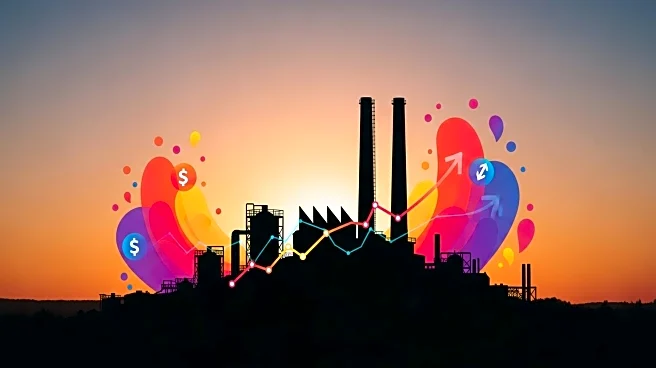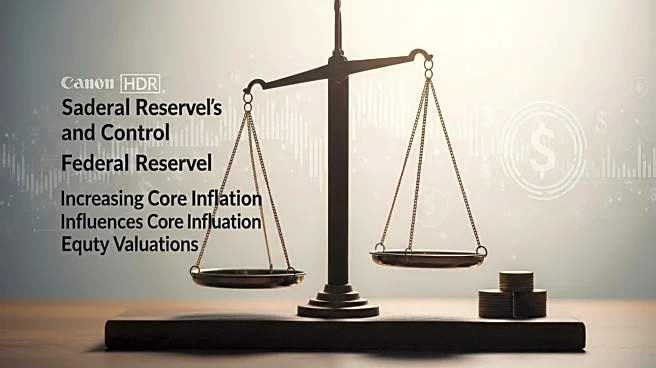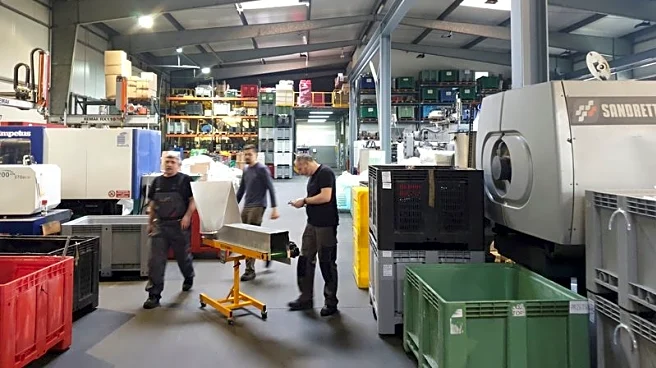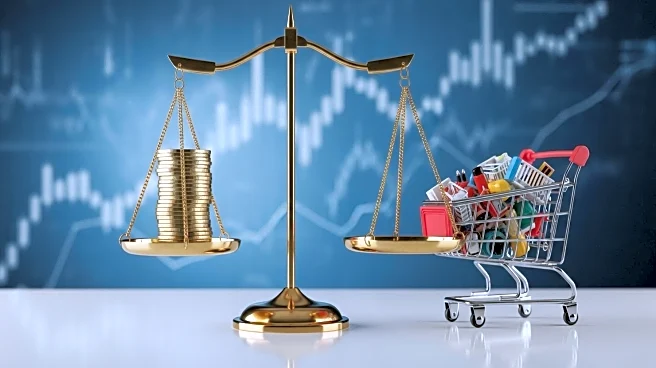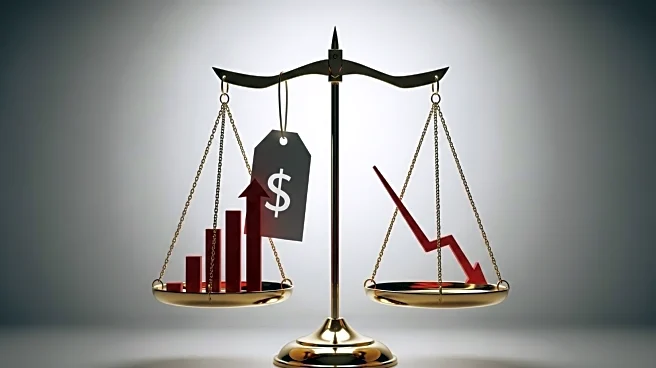What's Happening?
In August, Texas manufacturing activity continued to expand, albeit at a slower pace compared to previous months. The production index fell from 21.3 to 15.3, indicating a deceleration in growth, though it remained above average. The new orders index turned positive for the first time since January, advancing 9.4 points to 5.8. Capacity utilization decreased slightly, while shipments increased significantly. Despite these positive indicators, perceptions of business conditions worsened slightly, with the general business conditions index declining nearly 3 points to -1.8. Labor market indicators showed an increase in headcounts and longer workweeks, with the employment index rising slightly. Wage growth quickened, but the wages and benefits index remained below the series average. The outlook for future manufacturing activity improved, with significant increases in future production and business activity indices.
Why It's Important?
The slower pace of manufacturing expansion in Texas, coupled with rising prices and wage growth, reflects broader economic trends that could impact the U.S. economy. The increase in prices for raw materials and finished goods suggests ongoing inflationary pressures, which could affect consumer spending and business investment. The improvement in future manufacturing activity indices indicates optimism among manufacturers, potentially leading to increased production and employment. However, the rise in the uncertainty index highlights concerns about economic stability. These developments are crucial for policymakers and businesses as they navigate inflation and economic growth challenges.
What's Next?
Manufacturers and policymakers will likely monitor these trends closely, as continued inflationary pressures could necessitate adjustments in business strategies and economic policies. The positive outlook for future manufacturing activity may lead to increased investment and hiring, but the uncertainty index suggests caution. Stakeholders may focus on balancing growth with inflation control, potentially influencing decisions on interest rates and fiscal policies.
